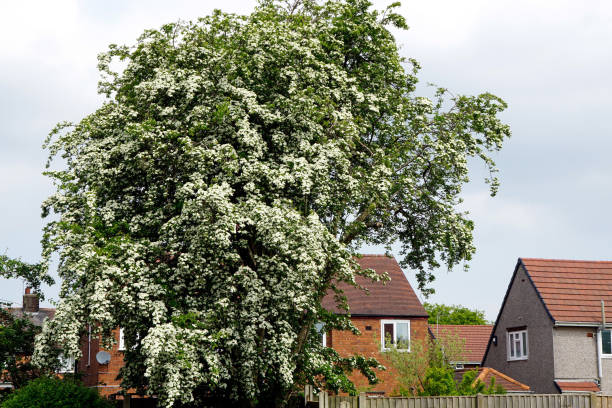North-facing gardens are difficult to maintain. They receive less direct sun, but when they do get it, the intensity is higher due to the fact that the garden faces north. You need to choose carefully which plants to use in your north-facing gardens to ensure they can thrive. What you need to do to plant a north-facing yard and which plants to select are explained here.
Types of Plants to Grow in a North-Facing Garden
There are many things to take into consideration when choosing plants for your garden.
Choose plants that tolerate shade and are able to handle the intense sun that is present in a garden that faces north. Hostas, Ferns, Astilbes ( Astilbe Fanal), Hellebores, and Astilbes are all great choices. All of these plants require little sunlight and thrive in shaded conditions. Consider evergreen trees and shrubs such as Boxwood and Holly. They will add year-round texture and interest, even in the winter when other plants are not growing or blooming.
It would be best if you also remembered that some plants like full sun, while others enjoy partial shade. It is important to plan where to place each plant so you can make sure it receives the proper amount of sunlight. If you have a sunny area, you might want to consider planting annual flowers that need more sunlight to produce fruits and vegetables. You can grow vegetables like lettuce or spinach in an area that receives less sunlight. These vegetables still make a good harvest if they are properly cared for.
North-Facing Garden Care Advice
It doesn’t matter what type of plants you choose for your north-facing gardens; they will need regular maintenance to flourish throughout the year. Water your plants frequently (especially in hot weather), and fertilize every few months with Miracle-Gro All Purpose Granules, a fertilizer designed specifically for outdoor potted flowers or planted plants. Also, remove any dead leaves, stems, etc., regularly to allow new growth to grow without being blocked by the old ones. This could slow down its development over time. Finally, trim any overgrown branches every year to give your plant the space and air circulation it needs for healthy growth all season long!
Anyone can create a north-facing garden with lush foliage by following the research and care instructions above. This is true no matter how much light your garden receives. There’s something for everyone, whether it’s flowering annuals or evergreen shrubs! Don’t let the fact that you live in a northern climate stop you from being able to have a green thumb! There are many plant options for those who live there. Good luck!



